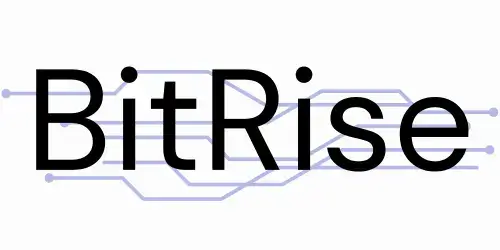To meet the significantly growing need for more efficient data storage options amid the rapid development of interactive applications and web services, a team of researchers from Microsoft released Garnet, an open source cache storage system. Although traditional caching systems are efficient, they often cannot keep up with the changing needs of modern applications. This led to the creation of Garnet, which, unlike its predecessors, offers a wide range of functions and APIs to meet the various requirements of modern applications.
Garnet can handle simple data types, such as hashed and sorted sets, as well as more complex types, such as raw strings. It offers unmatched performance and adaptability. Its architecture is specifically designed to take full advantage of the latest hardware capabilities, ensuring top performance across various platforms and operating systems.
The key elements of Garnet are its excellent performance and scalability, which are essential to support large-scale services and applications. With careful optimization and use of cutting-edge technologies such as the .NET framework, Garnet produces better results while maintaining scalability and cross-platform compatibility. This ensures that developers can easily use Garnet’s innovative features to move projects forward and integrate it into their work.
Garnet’s performance has been extensively tested, demonstrating its superiority over popular open source caching systems such as Redis, KeyDB, and Dragonfly. Garnet beat its competitors in several parameters, including throughput and latency, demonstrating its superiority in practical applications.
Garnet’s creative network and storage layers of architecture, built to maximize efficiency and performance, are its main features. Using fast and connected network protocols and shared memory architecture, Garnet reduces overhead and boosts performance to deliver unparalleled performance.
The team shared that Garnet’s clustering feature presents a new approach to cache deployment, making it easier for users to set up and maintain replicated and shared deployments. Garnet facilitates easy deployment scaling using dynamic key migration techniques and common Redis cluster commands, ensuring smooth operation across multiple environments.
The main features of Garnet are as follows:
- High performance: Garnet’s creative design allows it to perform extremely well. It guarantees cache-friendly shared memory scalability using the thread-scalable storage layer, Tsavorite. Garnet optimizes resource utilization and increases performance with support for clustering, sharding, replication, and scalable storage. High end-to-end performance is made possible by a fast, pluggable network architecture that reduces latency even to the 99th percentile. This reduces operational costs for large-scale services while improving the user experience.
- Rich and extensible: Garnet provides developers with a rich and flexible platform. Garnet supports many different application requirements and supports a large percentage of the Redis API surface, including sophisticated data structures such as ordered sets and HyperLogLog. Developers can modify and enhance functionality according to specific use cases due to its scalable scalability and stored transaction capabilities.
- Modern and secure: Garnet, which is written in contemporary.NET C#, guarantees efficiency and interoperability on a variety of operating systems, including Windows and Linux. Maintaining optimal performance is achieved by minimizing garbage collection overhead. Beyond the core API, Garnet allows developers to enhance its capabilities by easily integrating with new .NET data types. Garnet also puts security first by providing effective TLS support, ensuring data integrity and privacy across communication channels.
check it Work and Github. All credit for this research goes to the researchers of this project. Also, don’t forget to follow us Twitter. Join us Telegram channel, Discord Channeland LinkedIn Groops.
If you like our work, you will love our work newsletter..
Don’t forget to join us 39k+ ML SubReddits
![]()
Tanya Malhotra is a senior from University of Petroleum & Energy Studies, Dehradun, pursuing BTech in Computer Science Engineering with specialization in Artificial Intelligence and Machine Learning.
He is a Data Science enthusiast with good analytical and critical thinking along with a keen interest in acquiring new skills, leading teams and managing work in an organized manner.





0 Comments